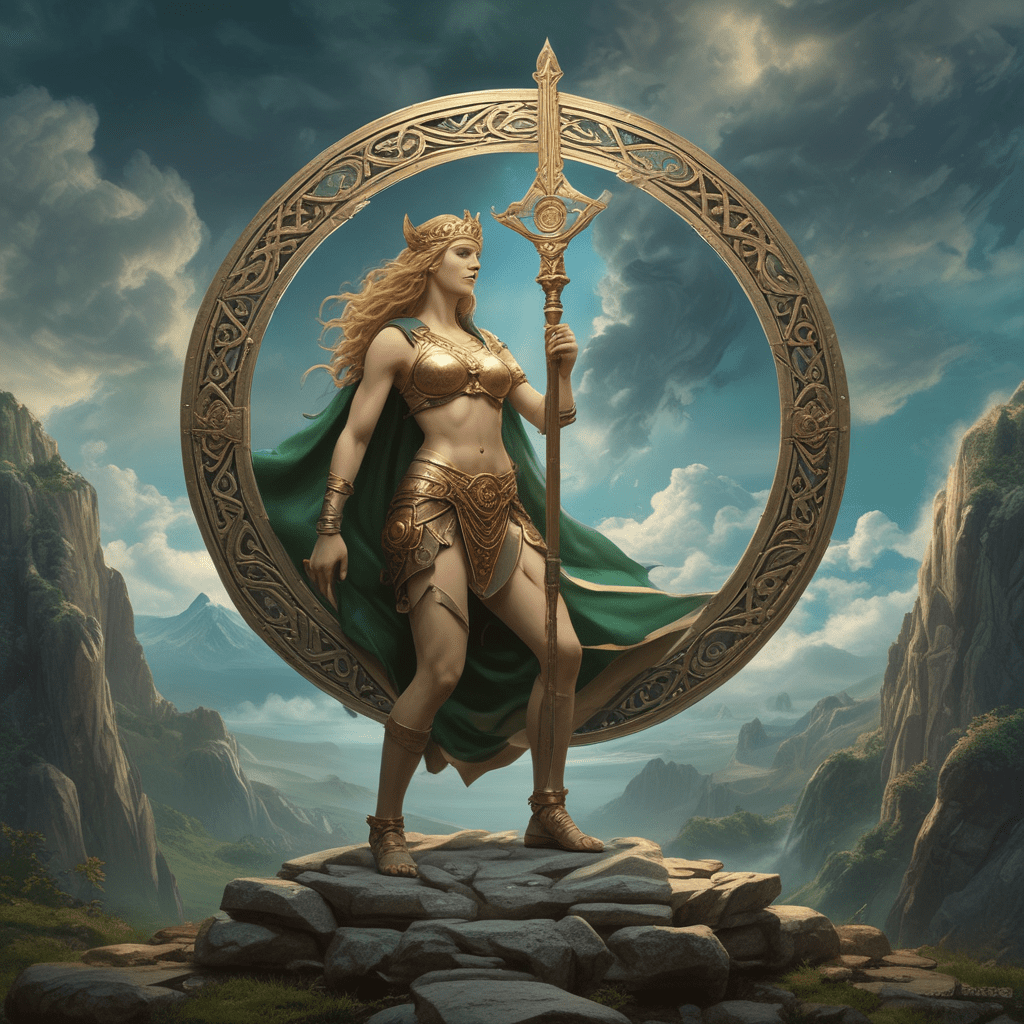Exploring the Concept of Balance in Celtic Mythology
The Essence of Balance in Celtic Mythology
Celtic mythology encompasses a rich tapestry of stories, beliefs, and deities that embody the concept of balance. The Celts viewed the world as a delicate equilibrium where opposing forces must harmonize for existence to thrive. This inherent balance is reflected in various aspects of Celtic mythological tales, from the waxing and waning of the seasons to the dynamic interplay between light and darkness.
The Role of Deities in Maintaining Balance
In Celtic mythology, deities play a crucial role in maintaining cosmic equilibrium. Deities such as Brigid, the goddess of fire, poetry, and healing, symbolize the balance between creation and destruction, nurturing and transformative energies. Similarly, Cernunnos, the stag-horned god of the forest, embodies the balance between the wild and the cultivated, fertility and restraint.
Symbolism of Balance in Celtic Symbols
The Celts employed a variety of symbols to represent balance in their myths and everyday life. The iconic Celtic Knot, with its intricate interwoven patterns, symbolizes the interconnectedness of all things and the need for harmony among diverse elements. The Triskelion, a symbol featuring three spirals, represents dynamic balance and motion in perpetuity, echoing the cyclical nature of existence in Celtic beliefs.
Practical Wisdom from Celtic Mythology
The concept of balance in Celtic mythology extends beyond the mythical realm into practical wisdom for daily living. Through tales of gods and heroes navigating the tensions between opposing forces, Celtic lore offers insights into maintaining harmony in one’s life. Whether through fostering a balance between work and leisure, embracing the dualities of light and shadow, or honoring the interconnectedness of all beings, Celtic mythology imparts valuable lessons on achieving equilibrium in a complex world.
In conclusion, delving into Celtic mythology unveils a profound reverence for the concept of balance as a guiding principle for cosmic order and personal well-being. The intricately woven tales and symbols of Celtic lore resonate with timeless wisdom on the importance of harmony, equilibrium, and interconnectedness in both the natural and spiritual realms. Embracing the essence of balance in Celtic mythology can enrich our understanding of the world and inspire us to seek harmony in all aspects of life.
FAQs about Exploring the Concept of Balance in Celtic Mythology
What does balance symbolize in Celtic mythology?
Balance in Celtic mythology represents harmony between different forces such as light and dark, life and death, or the natural and supernatural worlds. It’s essential for order, continuity, and spiritual well-being.
How is balance maintained in Celtic mythology?
Balance is often maintained through the actions of deities, heroes, or natural elements in Celtic myths. These stories emphasize the importance of respecting nature, honoring traditions, and upholding moral values to preserve equilibrium.
Can imbalance lead to consequences in Celtic mythology?
Yes, imbalance in Celtic mythology can lead to chaos, disasters, or conflicts among deities and beings. Through myths, it’s shown that disruptions in harmony can result in negative repercussions for both the mortal and divine realms.
Are there specific Celtic deities associated with balance?
Celtic deities like Brigid, Lugh, and the Morrigan are often linked to themes of balance in various aspects of life. They embody qualities of protection, healing, wisdom, and justice, playing roles in ensuring equilibrium within the cosmos.
How can understanding balance in Celtic mythology be relevant today?
Exploring the concept of balance in Celtic mythology can offer valuable insights into maintaining harmony in relationships, communities, and the environment. It promotes mindfulness




